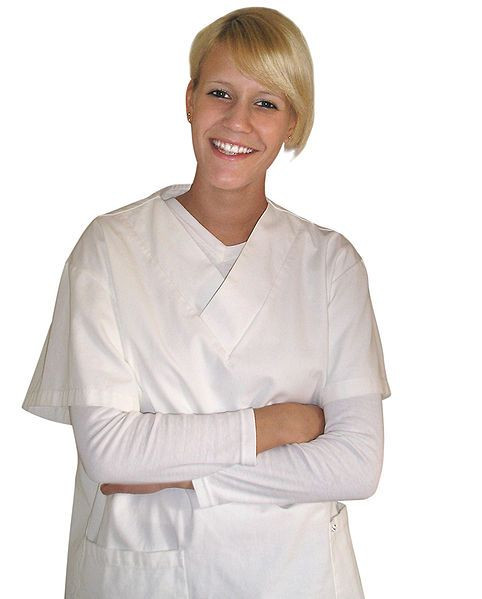Hospital And Surgery Fears? Your Nurse’s College Degree and Lower Workload Just Might Save Your Life

It is endlessly surprising to think that Andy Warhol, who survived gunshot wounds suffered during an ill-fated attempt on his life, died quite a few years later in the safety of a hospital while recovering from a routine gallbladder surgery. An extensive European study suggests the manner of Warhol’s death would not be particularly unexpected in a short-staffed hospital. In fact, according to the newly published research, patients are more likely to die after common surgical procedures when they are cared for in hospitals with heavier nurse workloads and fewer nurses with bachelor's degrees.
Unsung Heroes
As anyone who has undergone surgery understands, surgeons seem to hold all the power in the small world of a hospital, but the many nurses who rotate in and out of your room also possess the means and ability to save or end your life. The work performed by nurses is always indispensable, often menial, sometimes urgent, hugely significant, and, in a word, life-changing. Nurses act as kindly ambassadors, leading you back from the dark alleys of illness to the sunny streets of health.
Yet nurses are also "soft targets," in the words of the researchers, when it comes to budget cuts and austerity measures as savings can be quickly realized simply by reducing the nursing staff. Concerned by the all-too-common practice of cutting nurses first, a team of researchers, led by Dr. Linda H. Aiken of the University of Pennsylvania School of Nursing, decided to assess whether differences in patient-to-nurse workloads and nurses’ educational qualifications impact patient mortality after common surgical procedures. To conduct their study, the team obtained discharge data for 422,730 patients 50 years or older who underwent common surgical procedures in 300 hospitals in nine Western European countries: Belgium, England, Finland, Ireland, the Netherlands, Norway, Spain, Sweden, and Switzerland. Commonly, the patients’ hospital stay amounted to at least two days, and the surgeries included general, orthopedic, or vascular procedures. “The primary outcome measure was whether patients died in the hospital within 30 days of admission,” wrote the authors in their paper.
After collecting and analyzing all the data, the researchers discovered the percentage of surgical patients who died within 30 days was 1.3 percent across all nine countries, lowest in Sweden and highest in the Netherlands. The authors noted, “The odds ratios suggest that each increase of one patient per nurse is associated with a 7% increase in the likelihood of a surgical patient dying within 30 days of admission, whereas each 10% increase in the percent of bachelor’s degree nurses in a hospital is associated with a 7% decrease in this likelihood.”
Extrapolating from the data, the researchers calculated that a patient would have almost a 30 percent lower risk of dying in a hospital where 60 percent of the nurses had graduated from college and had an average workload of six patients when compared to a patient in a hospital in which slightly less than a third of the nurses (30 percent) had graduated from college and the average workload was eight patients. “These findings are similar to those of studies of surgical patients in the U.S. and Canadian hospital in which similar measures and protocols were used,” commented the authors in their paper.
Because he so feared hospitals, Warhol had suffered gallbladder attacks for years before his doctors insisted on the surgery to remove the organ. According to estate lawyers and reported in The New York Times, the 58-year-old artist may have died of heart failure, but it was negligence by the nursing staff and others at New York Hospital that killed him. The staff never kept track of him, his lawyers charged, so Warhol died virtually unattended. Nurses matter.
Source: Aiken LH, Sloane DM, Bruyneel L, et al. Nurse staffing and education and hospital mortality in nine European countries: a retrospective observational study. The Lancet. 2014.
Published by Medicaldaily.com



























